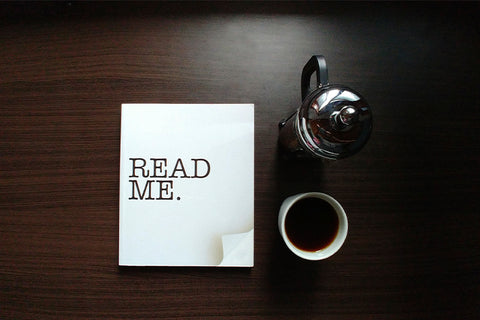Seven Common Mistakes That Kill Cafetière Coffee

It’s often assumed that the humble cafetiere cannot possibly rival its more complex counterparts. There are many who genuinely believe there’s a direct correlation between the elaborateness of the brewing method and the quality of the result.
Spoiler alert - this simply is not the case at all.
In fact, the basic science behind brewing suggests that the simpler the method, the better the outcome. Precisely why the French press is really anything but humble, having been a staple for coffee connoisseurs for generations.
But just because a coffee brewing method is simple doesn’t mean it’s impossible to go wrong with. Even with a basic cafetiere, there are things you can do (and may be doing) that will kill every cup dead.
A tragedy in every sense of the word, particularly if forking out for the highest quality beans money can buy.
On the plus side, each of these cafetiere catastrophes is easy to identify and address. If any of the following apply, a simple alteration to your approach really could make all the difference:
1) Failing to measure the quantities accurately
This means finding your perfect ratio of water to coffee, which is technically entirely up to you. The worst thing you can do is simply wing it, ending up with a completely different ratio and final result each time. Determine the perfect ratio that works for you and stick with it.
2) Using a cheap grinder
A low-quality grinder almost always paves the way for low quality results. Quality coffee begins with quality grounds, which should ideally be of a consistent size throughout. You also need to ensure you achieve the ideal coarseness, which is practically impossible with a very cheap coffee grinder.
3) Overgrinding your coffee
Probably the most common error of all, resulting in a cloudy and gritty cup you can’t get away with pretending you’re happy with. As a general rule of thumb, it’s better to grind your beans slightly more coarsely than you think you need them to be, rather than taking them too far.
4) Using water with a high mineral content
You’d be surprised just how big of a difference switching to filtered water can make. Particularly if you live in a hard water area, it can be practically impossible to produce perfect coffee with water straight from the tap.
5) Relying on a low quality cafetière
The quality of the French press you use will also play a role in determining the quality of its output. Primarily, the quality of the filter mechanism and the materials the jug is made from are key factors. Cafetières aren’t particularly expensive, so consider an upgrade if the quality of yours is questionable.
6) Brewing in a cold cafetiere
Pay attention in any coffee shop and you’ll note how the receptacles used are always preheated. A simple yet effective measure to help keep your coffee at the perfect temperature, while at the same time ensuring maximum enjoyment.
7) Overheating the water
Last but not least, this is an issue that can affect the result with pretty much any manual brewing method. Rather than scolding the grounds with boiling water, give the kettle at least 60 seconds to cool slightly. Essential for creating a smoother and more rounded cup to be proud of.
At Hayman’s online coffee store, you will find the best coffee beans in the world, including the legendary Jamaican Blue Mountain coffee, best Kona coffee Hawaii, and Panama Geisha coffee beans (also called Gesha coffee). These spectacular gourmet coffees are perfect for brewing with a French press. Click here to order today and enjoy free worldwide shipping!










